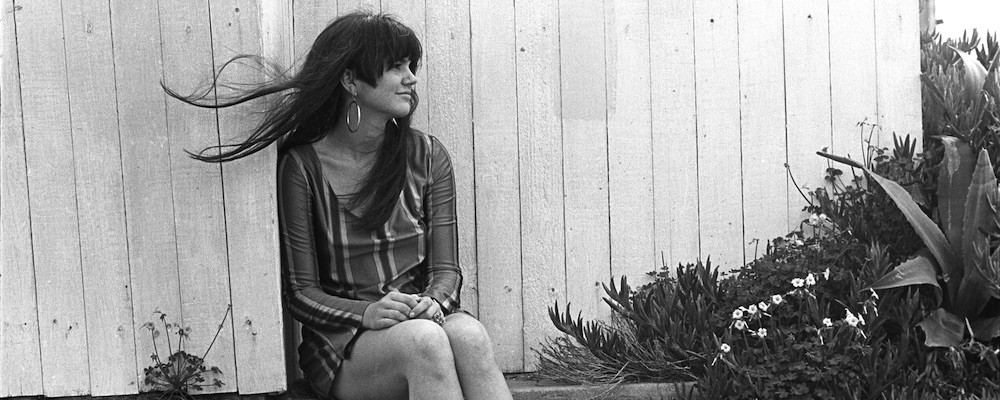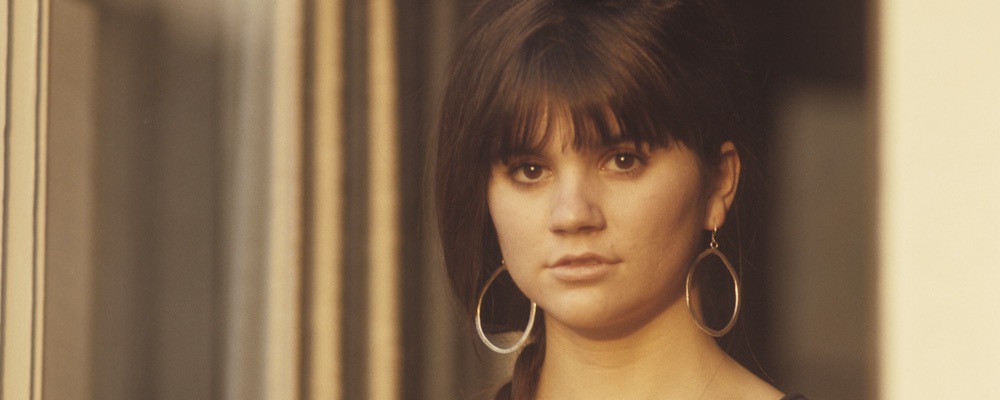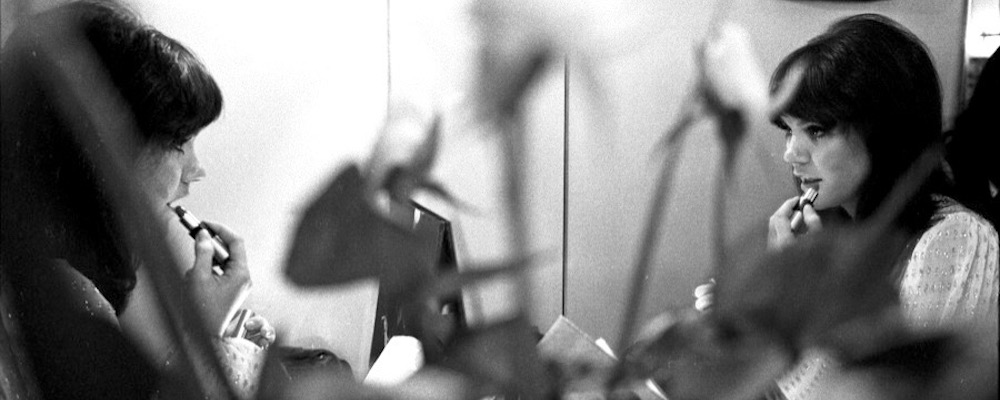‘Linda Ronstadt: The Sound of My Voice’ Follows the Singer’s Career From Stage to Sudden Illness
Alci Rengifo
No shocks or surprises, “Linda Ronstadt: The Sound of My Voice” puts on display and in proper order everything we might already know about the great singer. Of course if you know nothing about Ronstadt except for her hits, then this documentary is a crash course on the basics. What emerges from this collection of photos, interviews and narration by the subject herself, is the portrait of a woman with the will to do her music her way. Per this chronicle Ronstadt was not a particularly debauched personality, but an artist where the highlights are the melodies.
As with most biographies this one begins at birth. Ronstadt was born in Tucson, Arizona in 1946. In a sense she defined the border with a father of Mexican descent and white mother. Music was always a constant in the Ronstadt house, including Mexican folk mixed with U.S. country melodies and classical. As an adult she began to sing in local groups, displaying an evident talent. But soon California would call and Ronstadt found herself in the swirl of 1960s Los Angeles. 1967 would be the year when the young Ronstadt would deliver her first hit, “Different Drum,” as a member of the Stone Poneys. With her potent vocal range the singer soon goes solo, proving to be a maverick in music genres. Her albums would burn through country, rock, pop, lounge and anything else that fancied her ear. A crowning gem would be the Spanish-language “Canciones de mi Padre.” Never one to marry, dating men as notable as California governor Jerry Brown, Ronstadt always symbolized a fierce independence in her personal and creative life. Now in the twilight of her years Parkinson’s disease has kept her away from the stage.
If “The Sound of My Voice” sounds like another nostalgia trip for boomers the description is not too far off. Like the recent “Miles Davis: Birth of the Cool,” there’s no effort to look at the subject from any fresh angle other than a straight chronology of her career. Because Ronstadt’s talent was so evident and her songs are still refreshing to the ear, the documentary is not unenjoyable. Where directors Rob Epstein and Jeffrey Friedman do dig for more intriguing insights are in the sections dealing with Ronstadt’s roots as a Mexican-American artist. In a time where the border is such a heated issue, the early biographical moments remind us that the U.S.-Mexico border is eternally bonded. For Ronstadt the radio waves in Arizona were a river where Spanish and English, Mexican and American country, flowed together in a seamless reverie. She found great success singing in English, but once she was a mega star decided to celebrate the other half of her identity by recording folk classics from across the Rio Grande, even when record executives doubted the commercial potential.
It’s just one example of the documentary’s key point, Ronstadt in a sense never sold out. Her music could be breezy romanticism like “Blue Bayou,” or a driving force in the 1980s American Songbook renaissance, or edgy revenge pop like “You’re No Good,” but she always did it her way. Not even an icon like Dolly Parton was immune from Ronstadt’s perfectionism, as she recalls in the documentary when discussing the super-trio formed along with Emmylou Harris. While she was an obvious admirer of Parton, Ronstadt would push the country star in take after take to get a vocal just right. After feeling inspired by Frank Sinatra, Ronstadt simply called the crooner’s arranger, Nelson Riddle, to help produce her own dip into the velvety American Songbook with the album “’Round Midnight.”
As other interviewed guests like journalist/filmmaker Cameron Crowe point out this kind of artistic independence took on more meaning from the fact that Ronstadt was a woman. It’s easy to forget now how rock n’ roll and pop were very much a man’s game well into the late 60s. Before Madonna or Debbie Harry, Ronstadt was claiming ground on her own terms. She was one of the first female artists to appear on the cover of Rolling Stone, with a photo shoot that celebrated her femininity and refused to cater to the denim-rebel look typical of male artists. She never married and former bandmate and boyfriend JD Souther admits he can’t even recall why they broke up. The documentary briefly touches on her famous relationship with California governor Jerry Brown, only sharing in detail the anecdote of the governor walking in on the superstar changing an eight-track at a Mexican restaurant. Apparently for Jerry it was love at first sight. Brown himself never appears and Ronstadt barely comments on that life chapter. She allows another interviewee to suggest it couldn’t work out because a politician needs an ever present wife, not a traveling singer.
“The Sound of My Voice” rushes through all this information with the tone of a quick-digestion recap. Anything scandalous or dark about Ronstadt is left locked away. Major industry figures like David Geffen offer the usual lines of praise for how groundbreaking and impressive Ronstadt has always been. If there is ever a more somber note is when she admits to the loneliness of fame, and how even a beautiful home by the ocean loses its appeal if there’s no one to share it with. Her talent and beauty left impressions all around, but she would always rise and rise on her own. Fellow artists like Aaron Neville, with whom Ronstadt recorded a lush album of duets, speak of her with lingering awe. Early bandmates she put together would leave to form equally legendary bands like The Eagles. This was a singer who defined the word influential.
The most striking moment of the documentary is the ending. Those who remember the 60s and 80s might also be astounded to see how Ronstadt looks today, still beautiful but slowed down by Parkinson’s. Voice quivering, she sings a Mexican ballad at home with her nephew, who is also a musician. Even now she’ll stop to correct bad phrasing. Had “The Sound of My Voice” spent more time with Ronstadt in the present, now living a quiet, isolated life in the Arizona desert, it could have had some of the power of the recent David Crosby documentary “Remember My Name,” which was unique in its raw, contemplative honesty.
Yet for fans of Ronstadt this is a fun trip down memory lane, even if little new information is shared, while for the uninitiated this is a decent biography of that singer your parents sung along to in the car.
“Linda Ronstadt: The Sound of My Voice” opens Sept. 6 in select theaters.



